A Guide to Gijón, Spain: Asturias’ Beloved Beach Escape
Set on Northern Spain’s leafy and fertile ‘Green Coast’ overlooking the Bay of Biscay, Gijón has become a favourite...
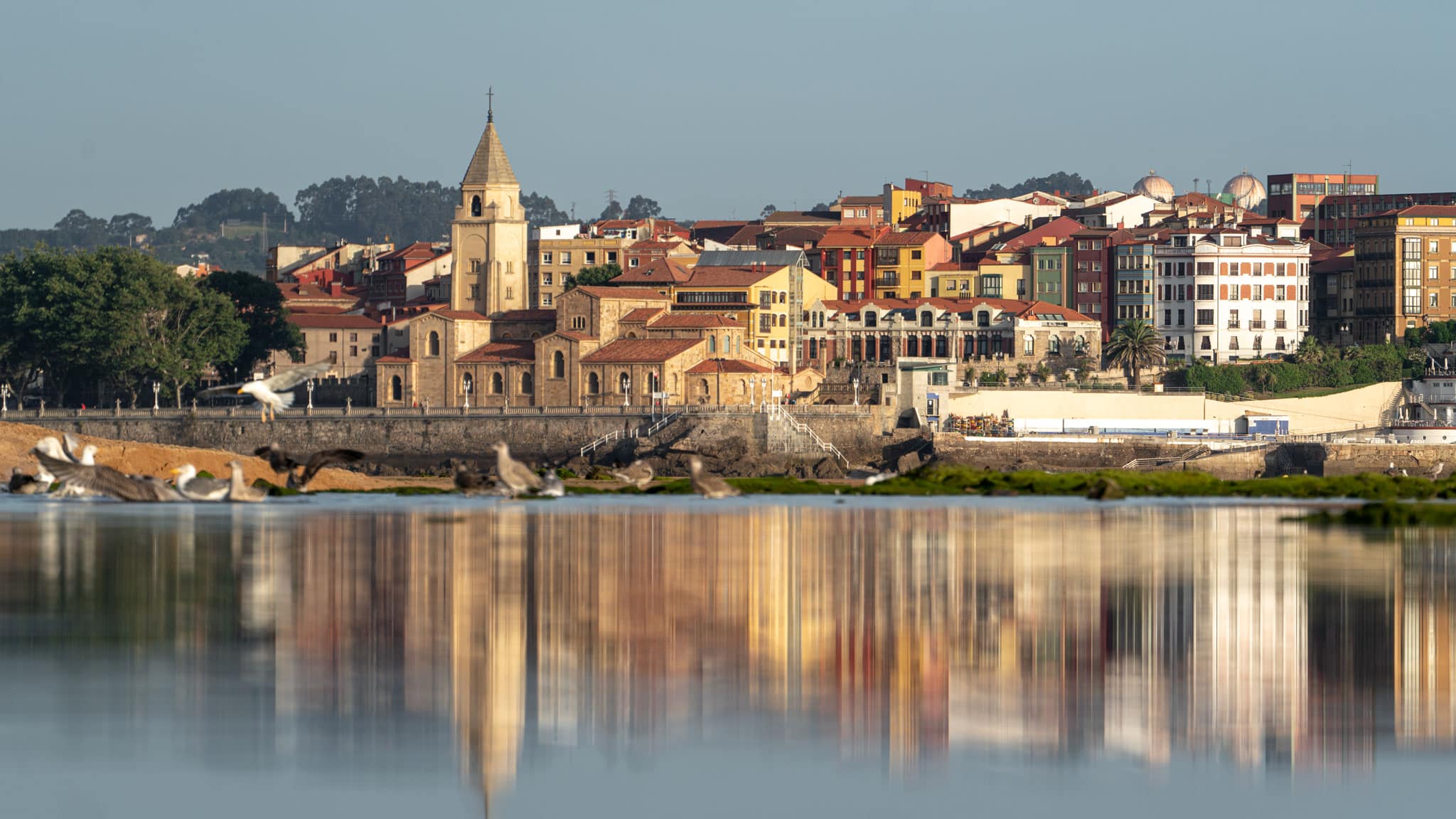
Set on Northern Spain’s leafy and fertile ‘Green Coast’ overlooking the Bay of Biscay, Gijón has become a favourite...
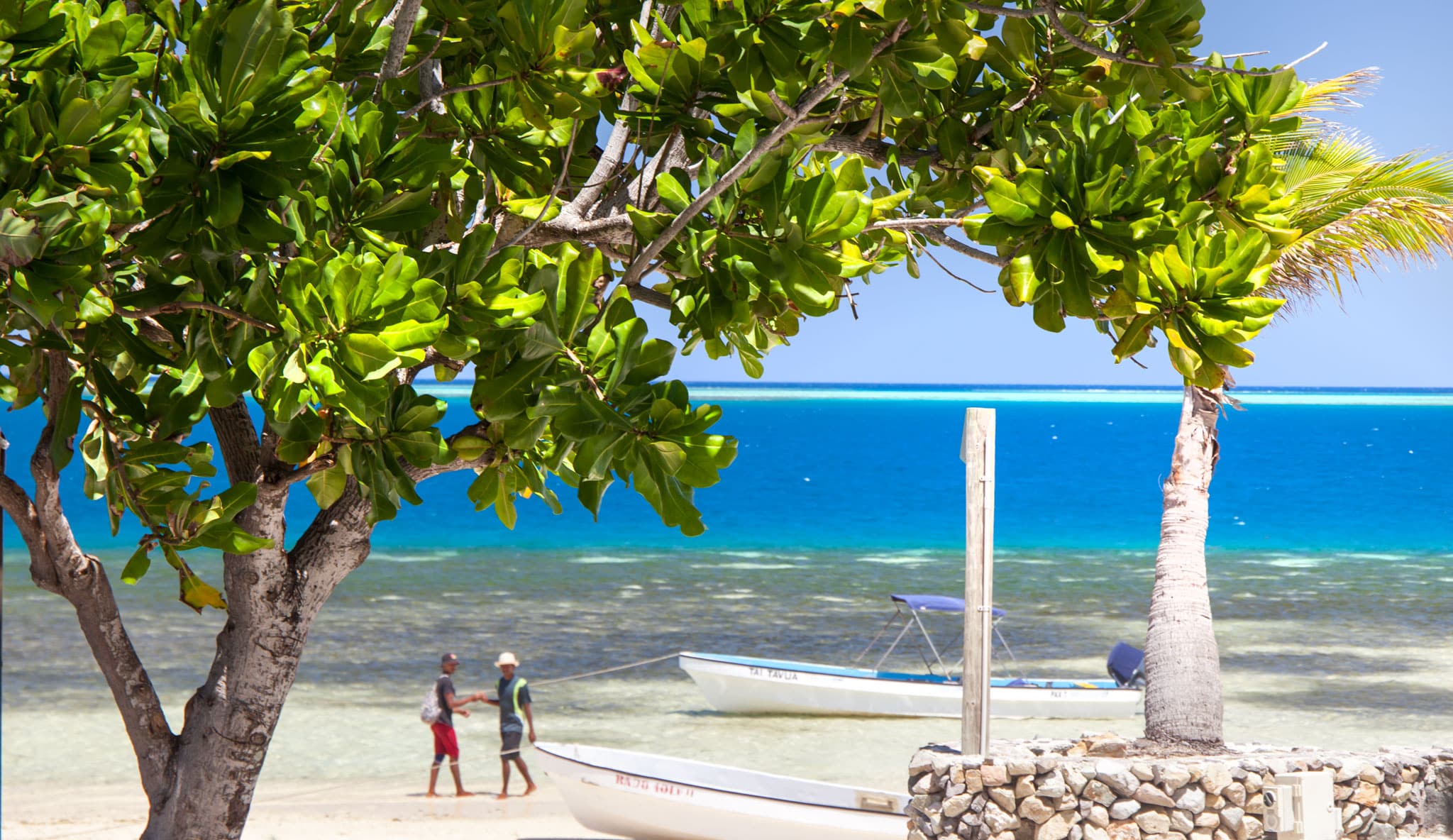
Scanning the carpet of sand, my eyes fixate on a rather stern face. Or is that a look of confusion? Maybe curiosity? No....

In Portugal’s fertile hinterlands, life has long revolved around the seasons. Spring brings blossoms, and summer...
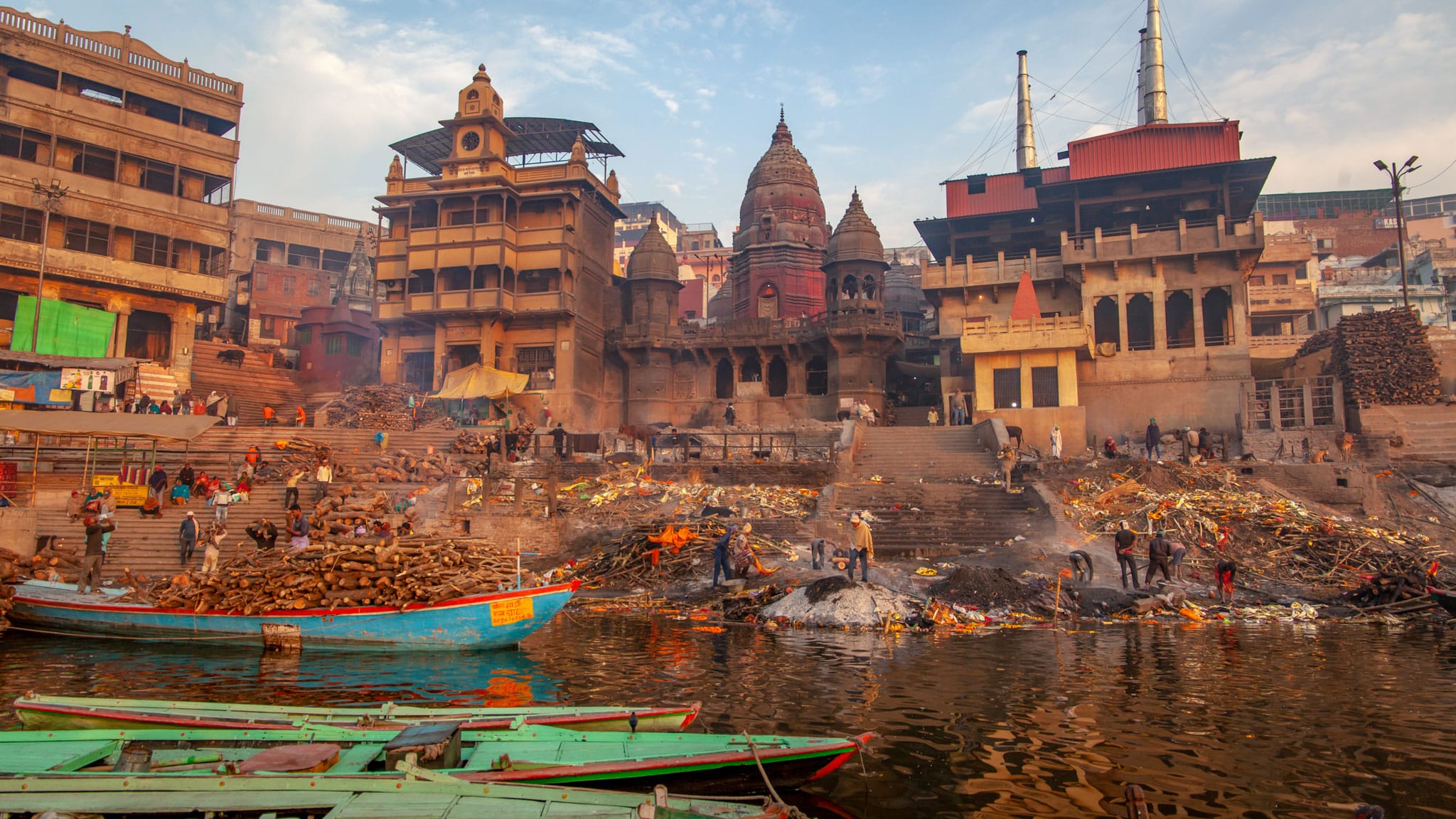
It’s four am when my alarm pierces the silence. For a second, I lay motionless in disbelief. For years, I’d said one...
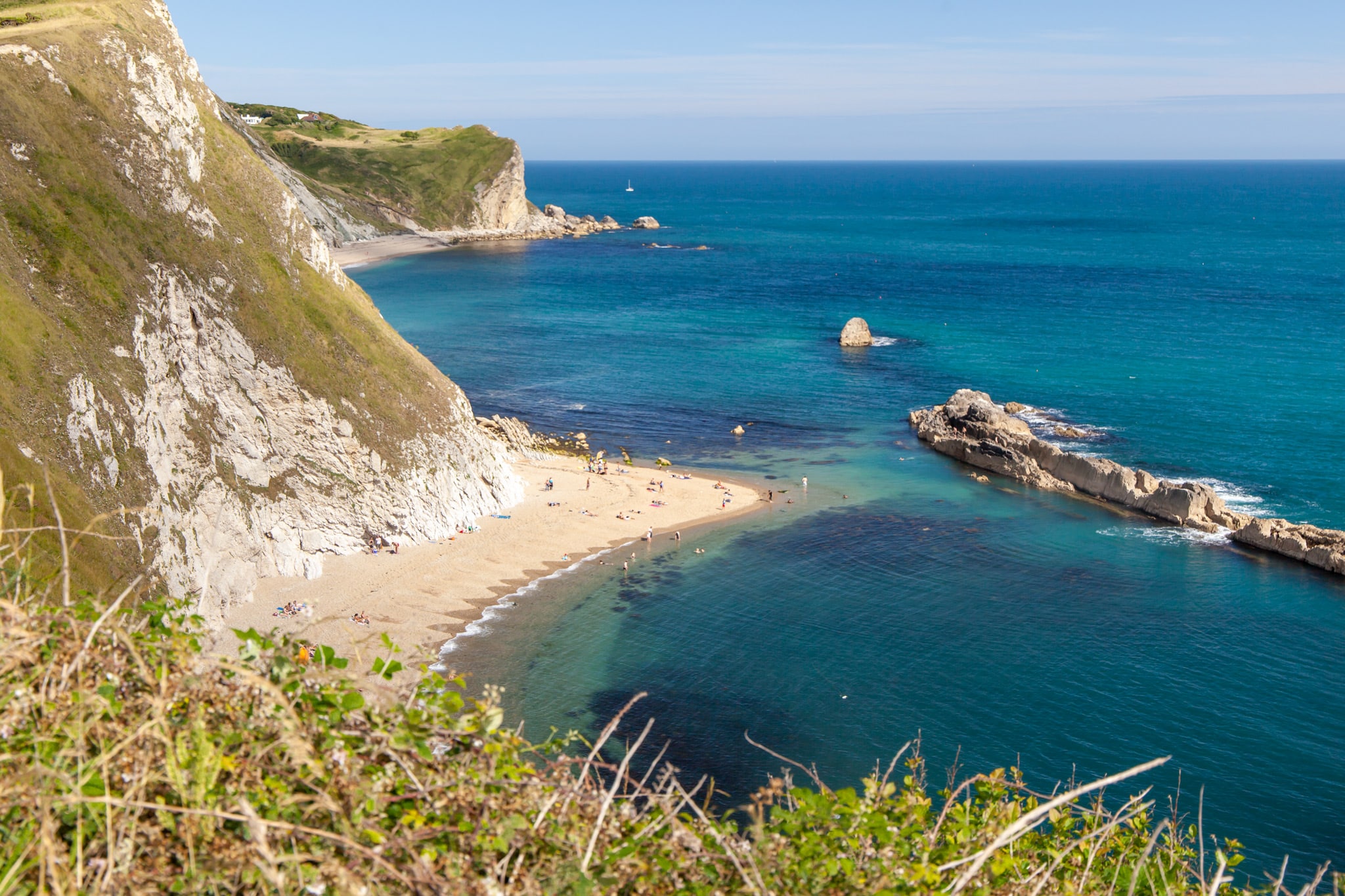
From Manchester’s thriving cultural scene to Cornwall’s coastal charms, the best places to visit in England span...
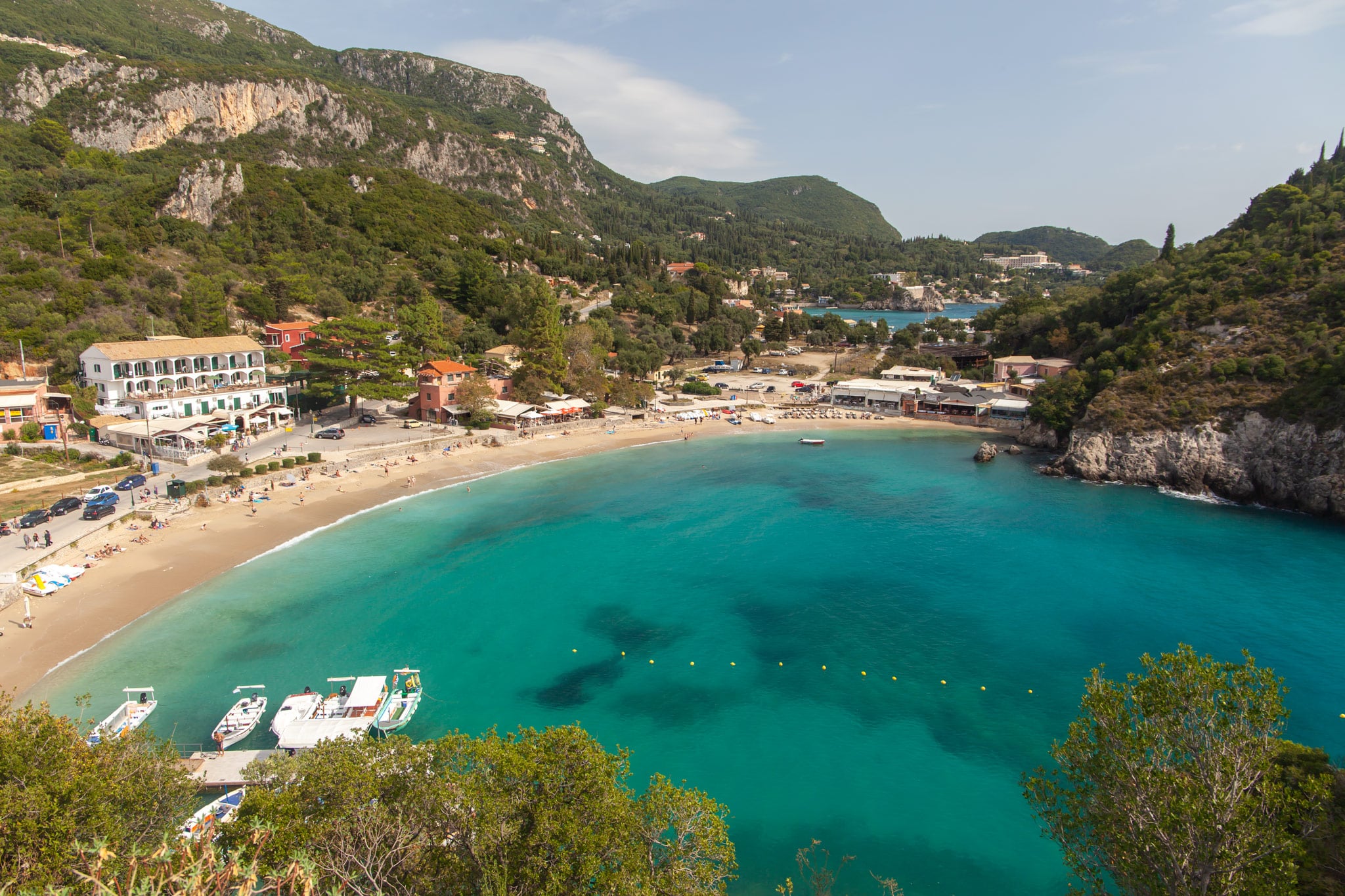
From the silky soft sands of Crete to the volcanic black beaches of Santorini, the number of idyllic Greek holiday...
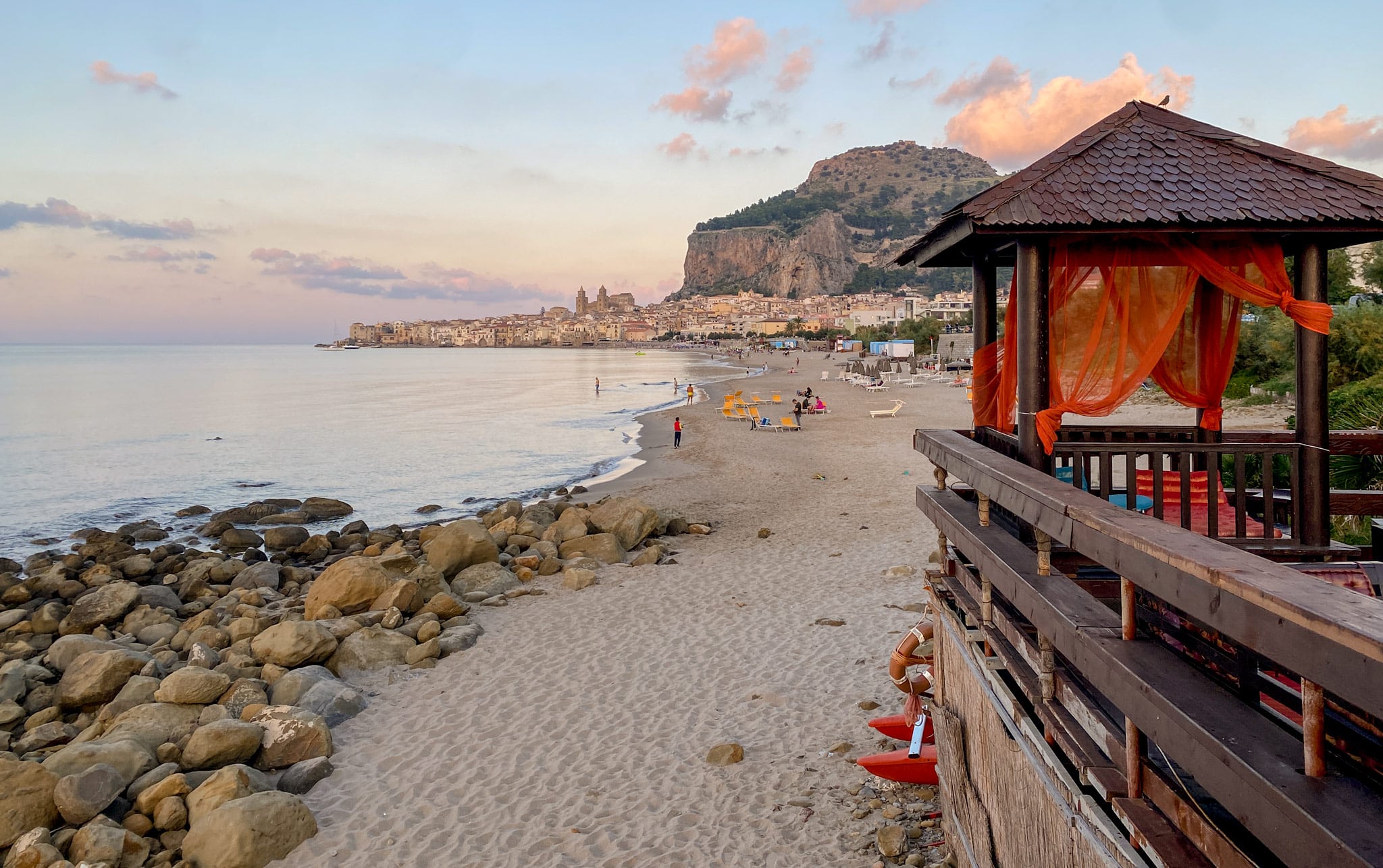
Last winter, The White Lotus put the Mediterranean’s largest island on many a travel wish list. The luxurious sea-view...

Take everything you’ve imagined about an Austrian city and throw it out the window. Graz doesn’t have quite the same...

Cornwall is the quintessential English seaside getaway. Rousing coastal views, lost-in-time villages, proper fish and...
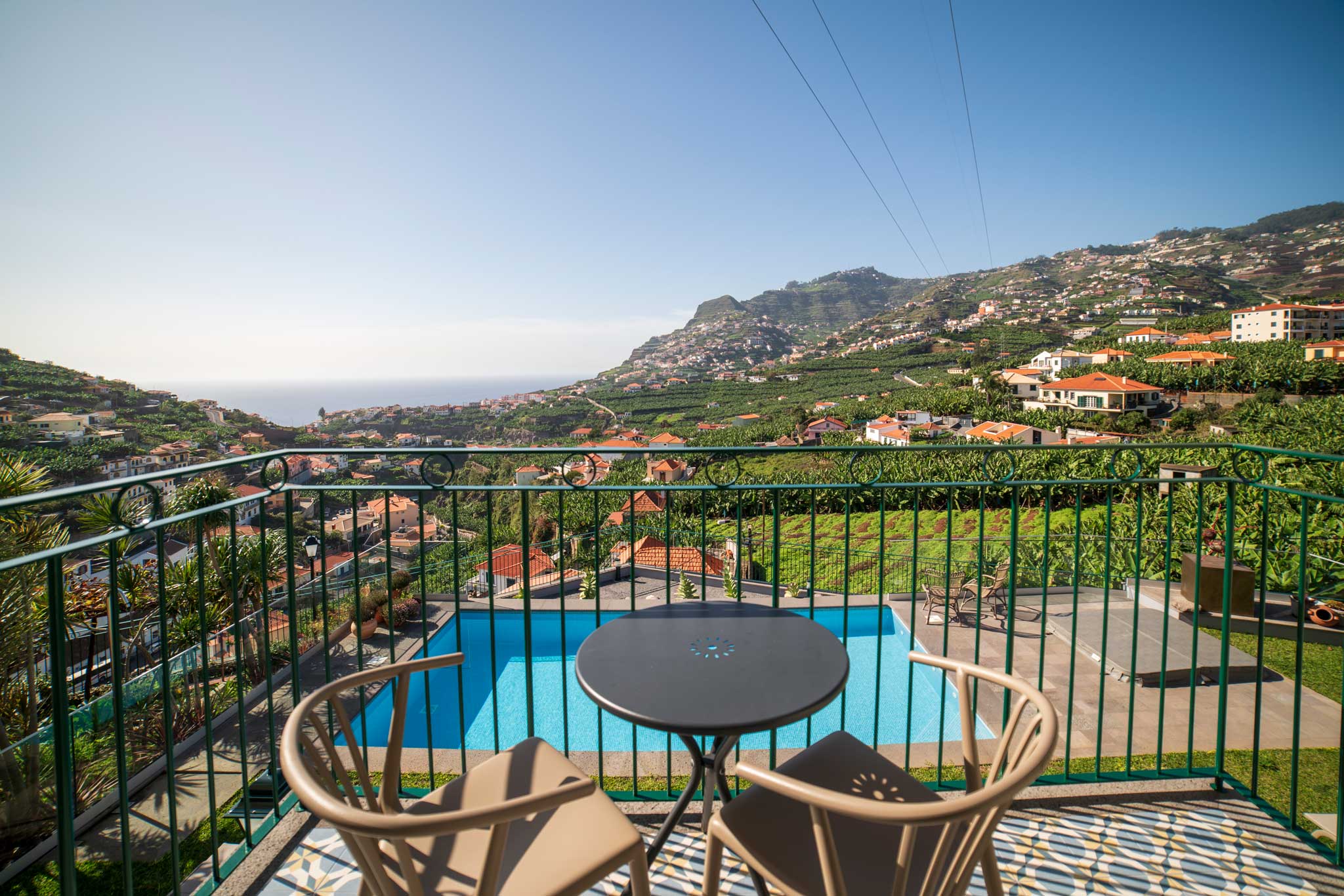
February is one of my favourite months to travel in Europe. Sure, the weather isn’t always reliable, but a surplus of...
